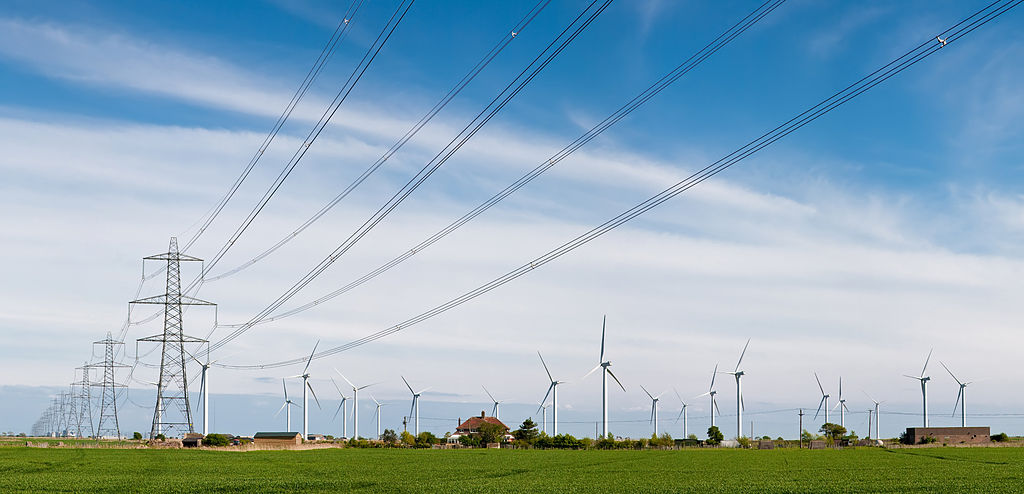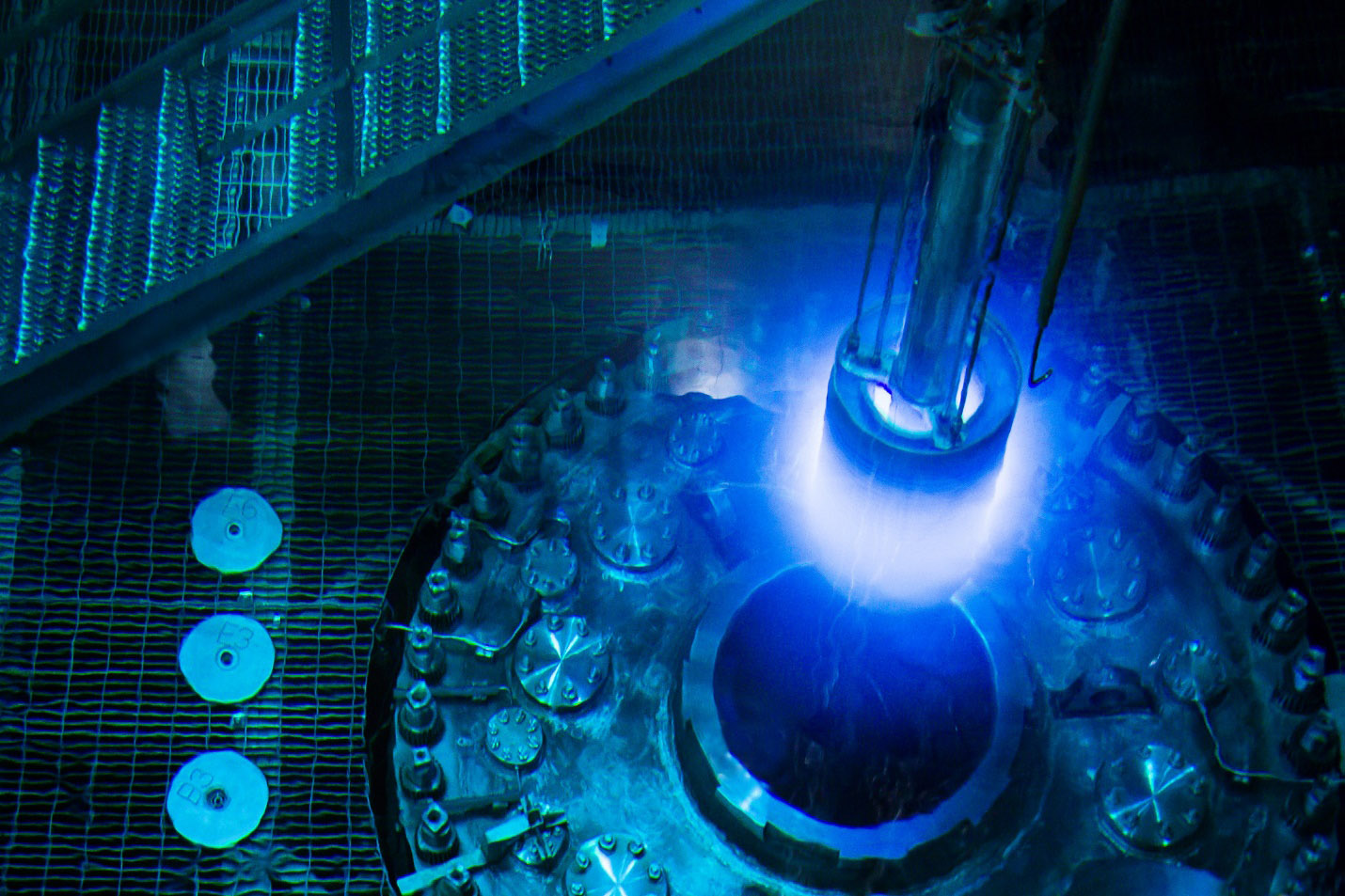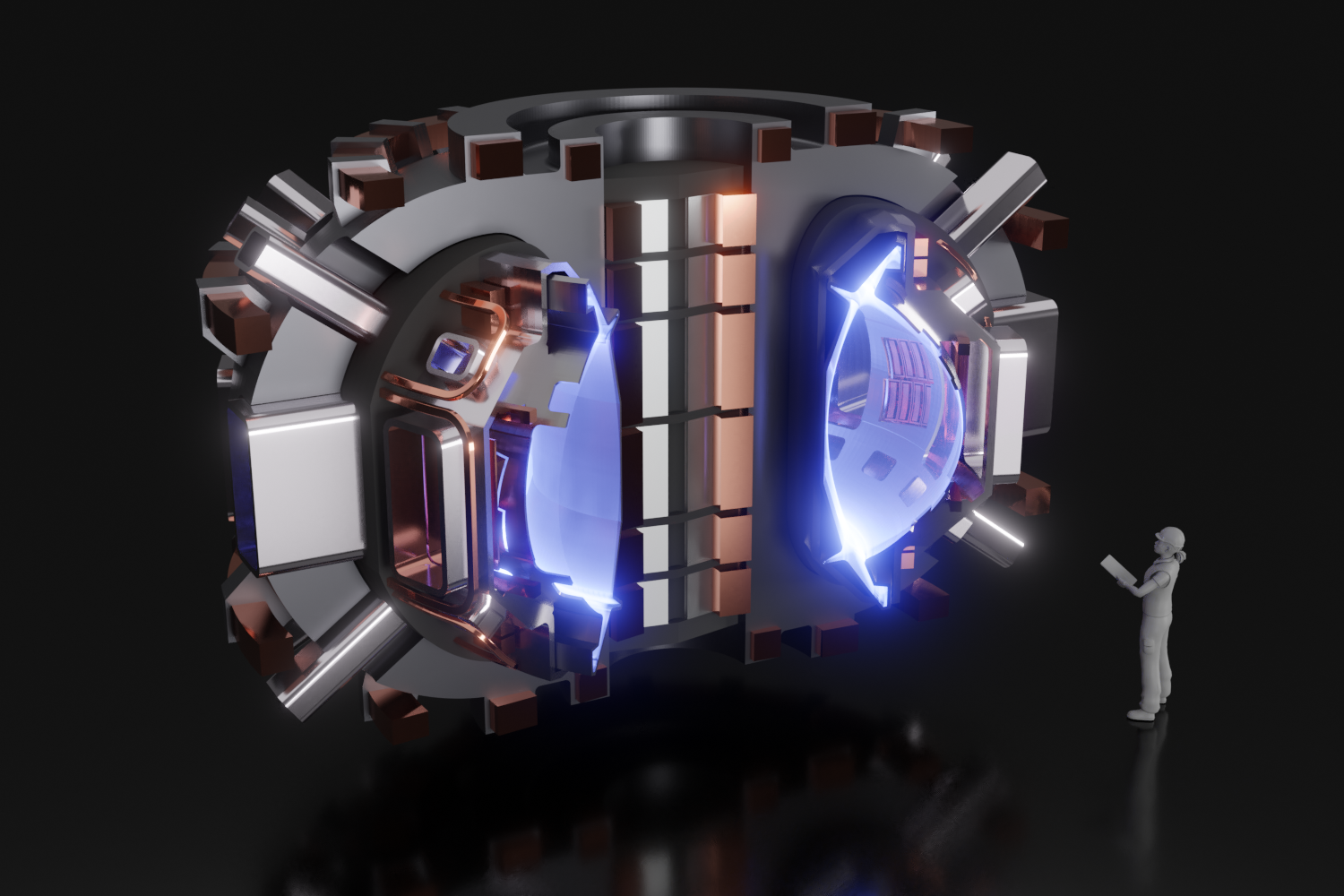After talking about it for decades, the United States is finally ready to take the next step in demonstrating advanced reactor technologies.
We have the bipartisan support from Congress. We have the best innovators in the world. Now it’s time to see what U.S. nuclear companies can really do with the support and resources of the federal government.
The U.S. Department of Energy is all in on new nuclear technologies and we just made our boldest move yet—selecting and supporting two U.S. reactor designs that will be fully operational within the next 7 years.
After evaluating the competitive U.S. reactor design applications that were submitted to our new Advanced Reactor Demonstration Program funding opportunity announcement, TerraPower LLC and X-energy were awarded $160 million in initial funding to test, license, and build their advanced reactors under this aggressive timeframe. Pending future appropriations by Congress, the DOE will invest $3.2 billion over 7 years in these projects that will be matched by the industry teams.


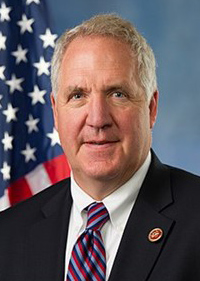

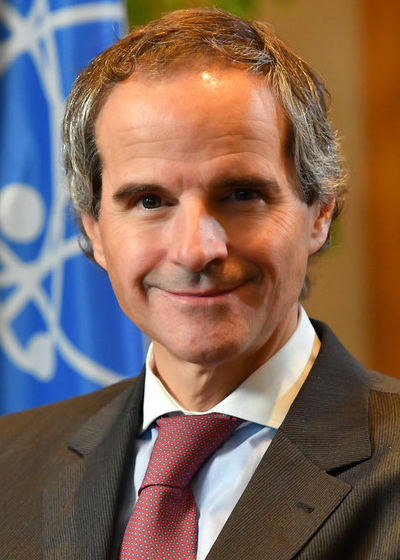
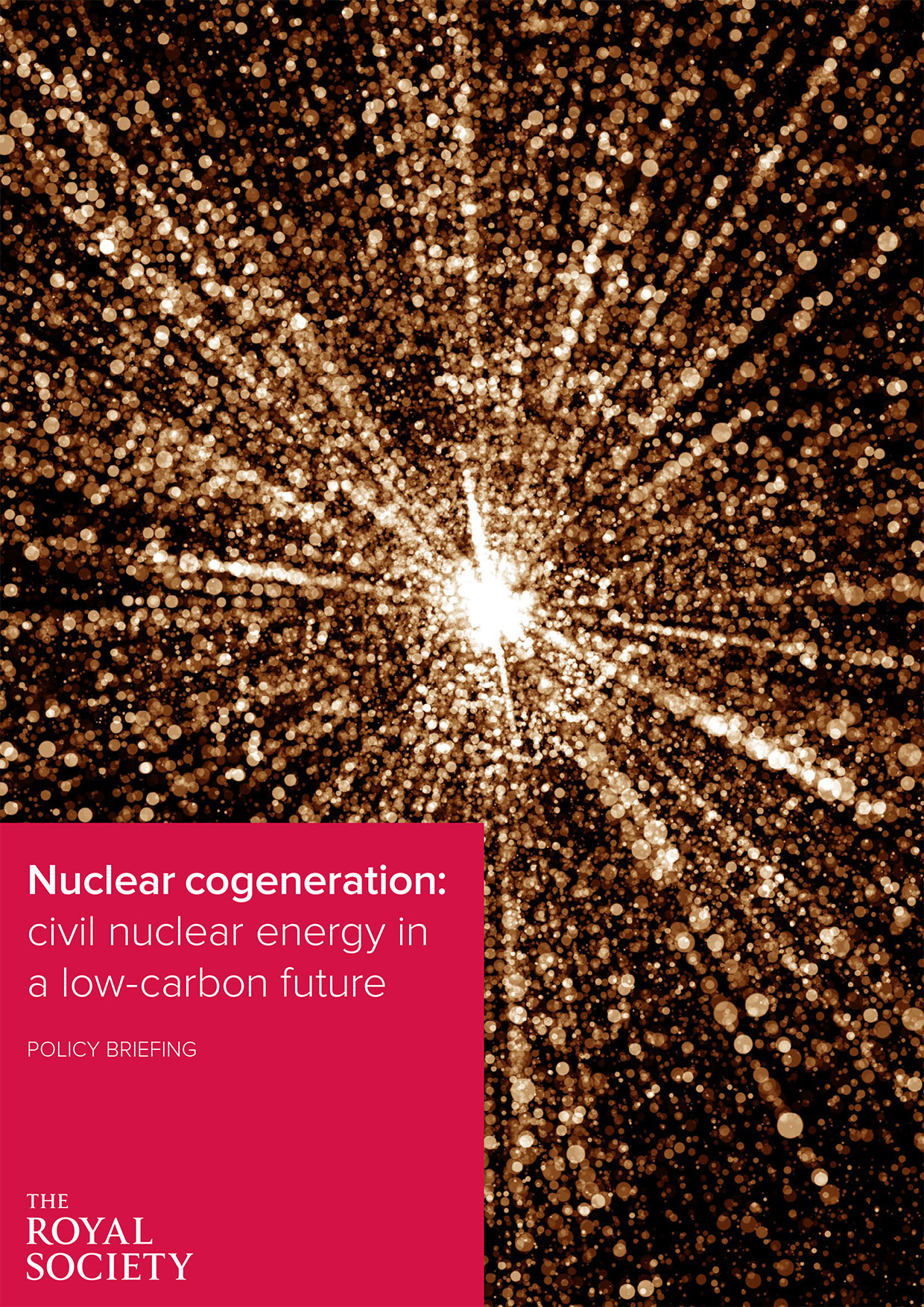 The future of nuclear energy is in cogeneration, according to a policy briefing released on October 7 by the United Kingdom’s Royal Society. (The equivalent of the United States’ National Academy of Sciences, the Royal Society, founded in 1660, is the oldest scientific institution in continuous existence.)
The future of nuclear energy is in cogeneration, according to a policy briefing released on October 7 by the United Kingdom’s Royal Society. (The equivalent of the United States’ National Academy of Sciences, the Royal Society, founded in 1660, is the oldest scientific institution in continuous existence.)